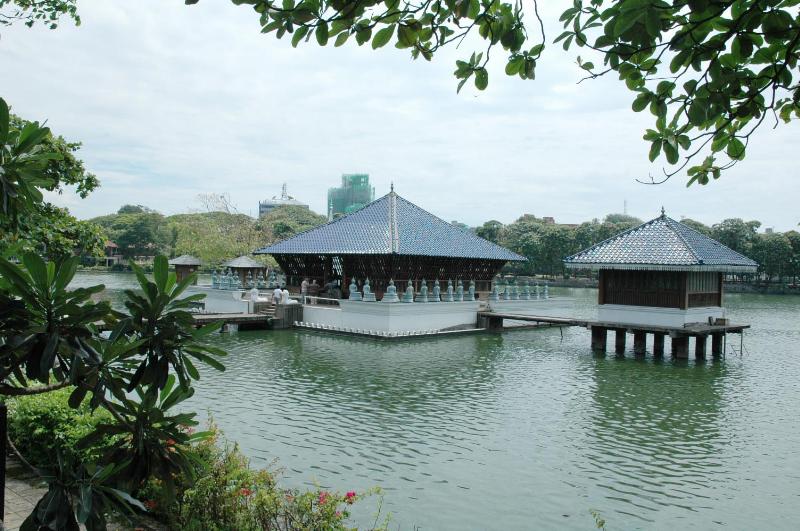Located in the foothills of the central highlands around the banks of a picturesque lake, steeped in history, and possessing a salubrious climate, Kandy is Sri Lanka’s renowned second city. In many ways, however, Kandy is more important than the true capital, for although Colombo may be the hub of commerce and communication, it is Kandy that has always been the centre of Sri Lanka’s rich culture and the symbol of the nation’s complex identity.

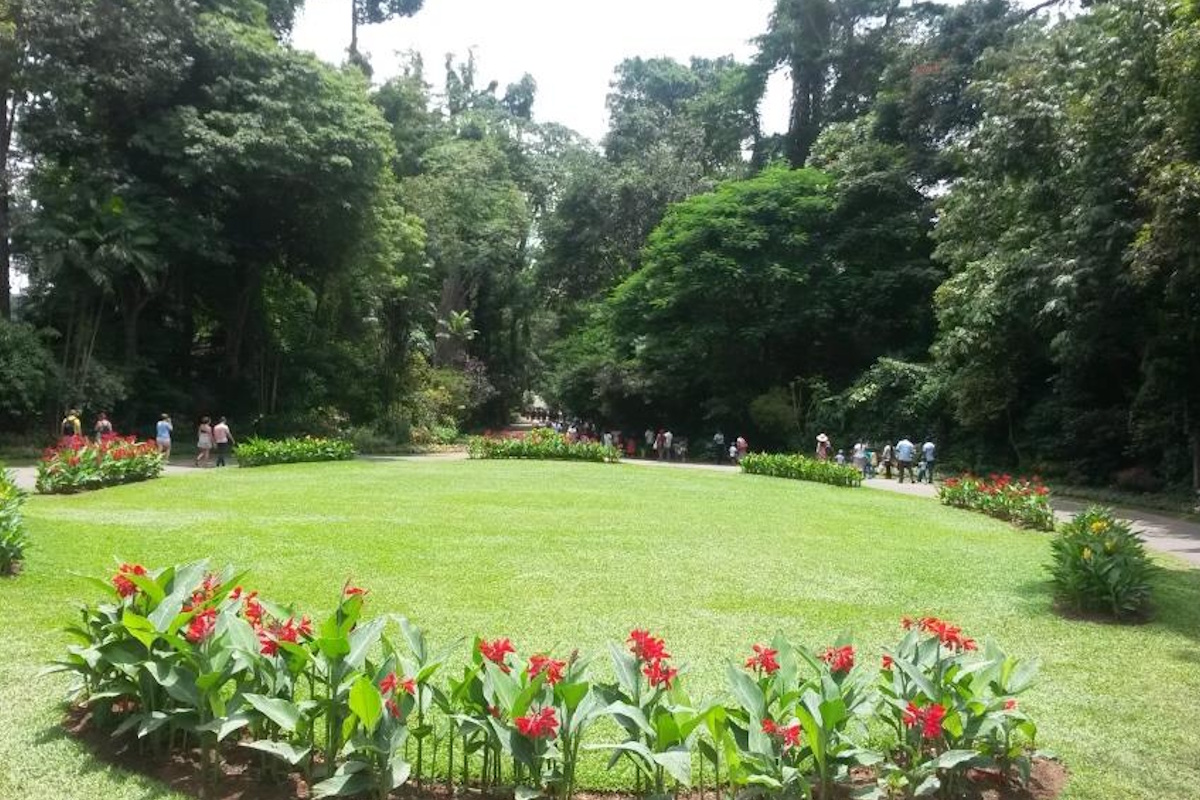
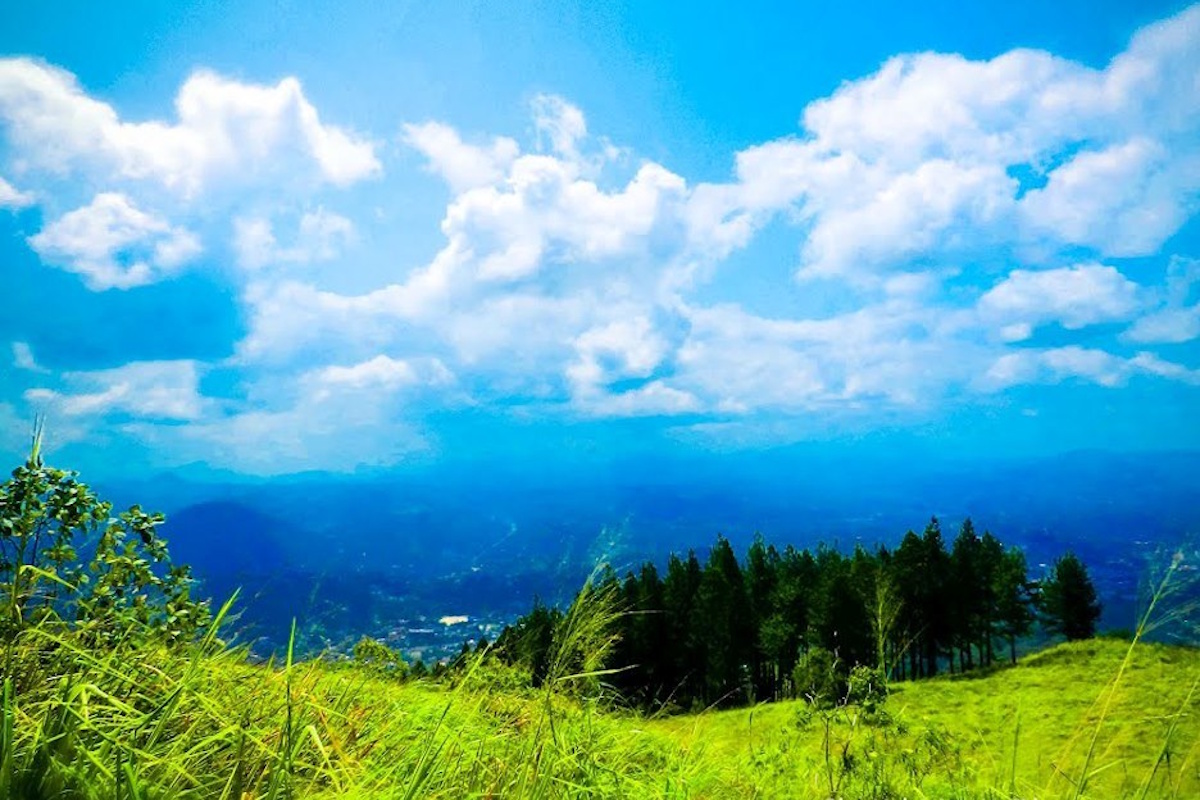
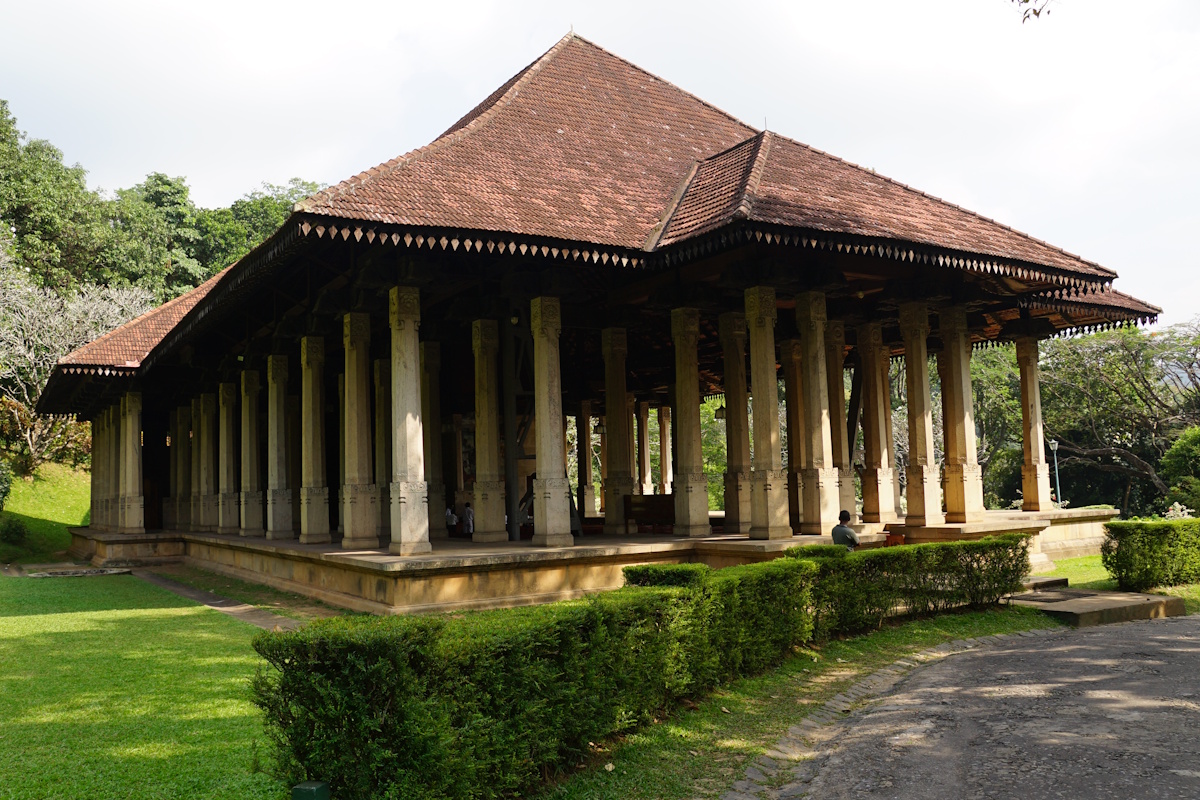
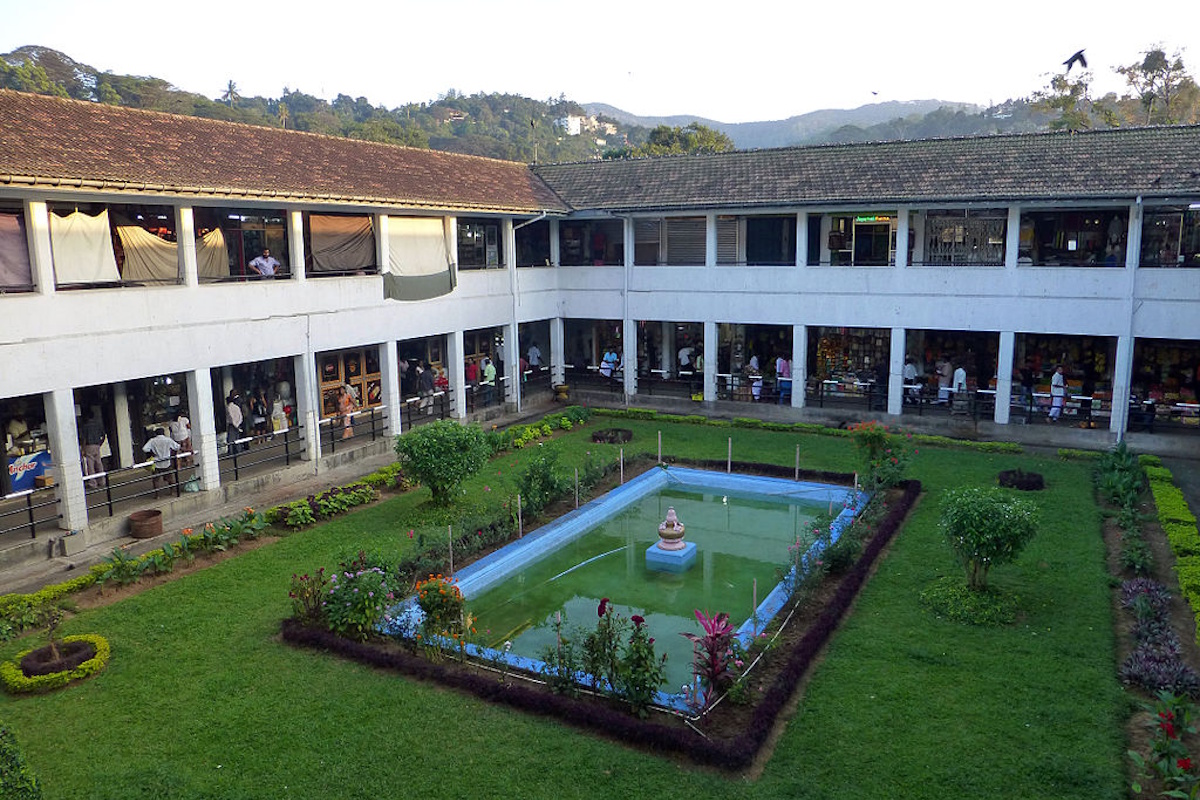
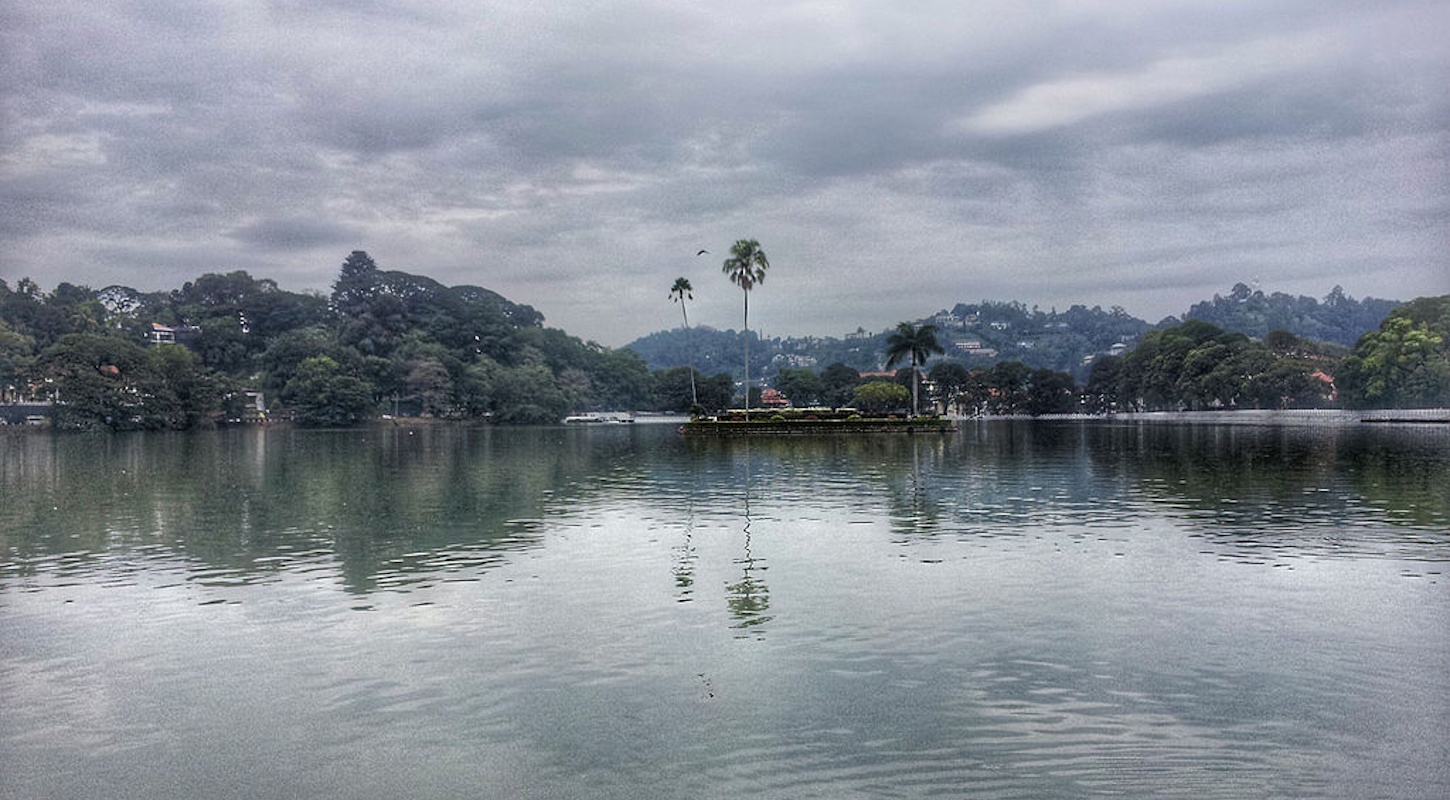
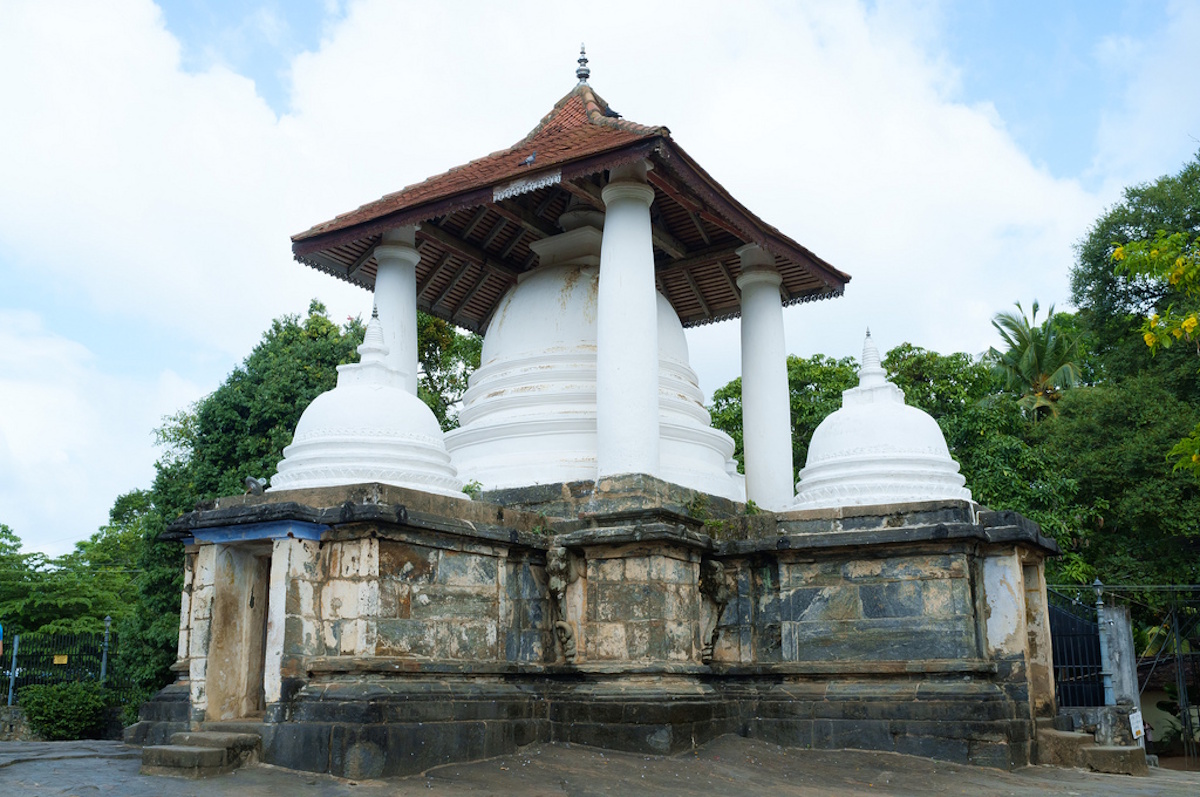
Nestled in the heart of Sri Lanka’s lush hill country, Kandy is a city steeped in regal grandeur and spiritual significance. As the last royal capital of the island nation, it has preserved its historical and cultural identity more than any other Sri Lankan city.
Ancient Roots: The region around Kandy, known as Udarata or the highlands, has long been inhabited by Sinhalese tribes. Kandy emerged as a powerful kingdom in the 15th century, resisting foreign invasions and preserving Sri Lankan independence for centuries.
Kingdom of Kandy: Officially founded as a kingdom in 1469 by Sena Sammatha Wickramabahu, Kandy served as the last stronghold of the Sinhalese monarchy. The city flourished under the rule of the Nayakkar kings, who were of South Indian origin but fully embraced and enriched Sinhalese Buddhist traditions.
Resistance to Colonialism: While the coastal regions fell under Portuguese, Dutch, and later British control, Kandy fiercely resisted colonial rule for over 300 years. It wasn’t until 1815, through the Kandyan Convention, that the British annexed Kandy, ending the island’s monarchy. The city, however, retained its cultural prestige and symbolic significance.
Spiritual Legacy: Kandy is home to Sri Dalada Maligawa, the Temple of the Sacred Tooth Relic, which houses what is believed to be the left upper canine tooth of the Buddha. The possession of this relic historically legitimized the rule of the king, giving the city profound religious and political importance.
Today, Kandy is a UNESCO World Heritage City and the second-largest city in Sri Lanka. It is a harmonious blend of historical richness, natural beauty, and urban life. Despite modern development, Kandy has retained its traditional charm and reverence for its cultural heritage.
Cultural Hub: Kandy remains one of the most culturally vibrant cities in the country. It is a center for traditional Sinhalese music, dance, and arts. The Esala Perahera, a grand annual pageant held in July or August, is one of Asia’s most spectacular religious festivals, featuring elephants, dancers, and drummers parading in devotion to the Sacred Tooth Relic.
Education & Religion: The city is also a major center of Buddhist learning, with numerous monasteries and religious schools. Institutions like the University of Peradeniya, located nearby, contribute to the city’s status as an academic and intellectual hub.
Modern Living: While much of Kandy’s heart remains traditional, its outskirts have seen commercial development, with shopping malls, restaurants, and boutique hotels emerging to serve both locals and tourists.
Set at an elevation of around 500 meters (1,640 feet) above sea level, Kandy is surrounded by forested hills, tea plantations, and misty mountains, creating a picture-perfect setting.
Geography: The city is built around the scenic Kandy Lake, an artificial lake constructed by King Sri Wickrama Rajasinghe in 1807. The lake serves as a serene centerpiece to the city and a haven for birds and other wildlife.
Climate: Kandy enjoys a tropical rainforest climate but is noticeably cooler and less humid than coastal regions. Average daytime temperatures range between 22°C to 28°C (72°F to 82°F). Rainfall is distributed fairly evenly throughout the year, with higher amounts during the Southwest Monsoon (May–September). Misty mornings and pleasant evenings make Kandy a refreshing retreat year-round.
Kandy is a treasure trove of cultural landmarks, natural wonders, and spiritual experiences. Here are some highlights:
Temple of the Sacred Tooth Relic (Sri Dalada Maligawa)
Kandy’s most iconic landmark, this temple is one of the holiest sites in Buddhism. Ornately decorated and deeply spiritual, it draws thousands of pilgrims and tourists every year. The inner sanctum, where the relic is housed, is opened to the public during ritual offerings.
Kandy Lake (Bogambara Lake)
A tranquil body of water at the center of the city, perfect for a leisurely stroll. Lush gardens, benches, and birdlife make it a favorite for both relaxation and photography.
Royal Palace of Kandy
Located near the Temple of the Tooth, this complex was once the residence of the Kandyan kings. Today, it houses several museums and offers a glimpse into royal life in Sri Lanka’s last kingdom.
Bahirawakanda Vihara Buddha Statue
A massive white Buddha statue seated atop Bahirawa Kanda hill, overlooking the city. It’s a peaceful site with panoramic views of Kandy and surrounding hills.
Peradeniya Royal Botanical Gardens
Just 6 km from the city center, this world-renowned garden spans 147 acres and boasts over 4,000 species of plants, including giant bamboo, orchids, and a century-old Javan fig tree. It’s a must-visit for nature lovers.
Esala Perahera Festival
Held annually in July or August, this grand Buddhist procession honors the Sacred Tooth Relic. Featuring decorated elephants, fire dancers, traditional drummers, and monks, it is a breathtaking spectacle of devotion and artistry.
Ceylon Tea Museum
Located on the slopes of Hantane, this museum showcases the history and production of Ceylon tea. The museum is housed in a refurbished tea factory and offers guided tours and tastings.
Udawattakele Forest Reserve
Once a royal forest, this sanctuary is now open to the public for nature walks. It is home to diverse flora and fauna, including birds, monkeys, and rare plant species. A great spot for eco-tourism and birdwatching.
Kandy View Point
A popular lookout near the city center offering breathtaking views over the lake, temple, and city skyline. Perfect for sunrise or sunset photography.
Degaldoruwa Cave Temple
A lesser-known gem, this 18th-century temple features exquisite murals depicting Jataka tales and scenes from Buddhist cosmology. It is a peaceful and spiritual retreat slightly outside the city.
Victoria Golf and Country Resort
Located about 20 km from Kandy, this resort offers a world-class golf course set against stunning views of the Knuckles mountain range and the Victoria Reservoir. Ideal for those seeking both luxury and nature.
Knuckles Mountain Range (day trip)
A UNESCO World Heritage Site, the Knuckles Range is perfect for hiking, trekking, and exploring Sri Lanka’s biodiversity. Located about 1–2 hours from Kandy, it offers lush forests, waterfalls, and panoramic mountain views.
